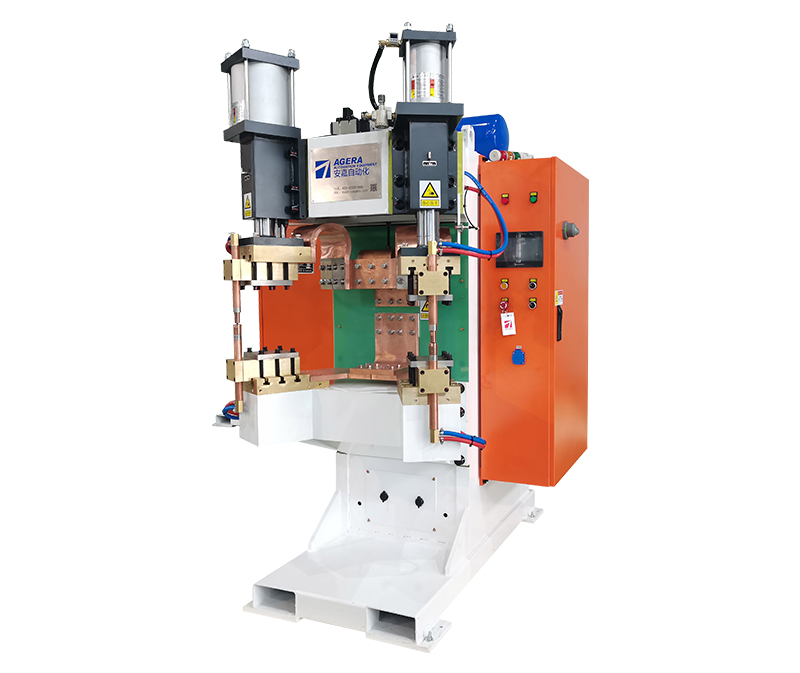How to Adjust Electrode Pressure on Nut Spot Welding Machines for Improved Efficiency?
In the realm of manufacturing, precision and efficiency are paramount. One critical aspect of achieving this balance in nut spot welding machines is the adjustment of electrode pressure. In this article, we will delve into the intricacies of how to fine-tune electrode pressure to enhance the efficiency of your operations.
Nut spot welding is a process that joins two or more pieces of metal by creating a strong, lasting bond. The quality of this bond is highly dependent on the electrode pressure. Correct electrode pressure ensures a uniform weld, minimizes defects, and ultimately enhances efficiency.
Steps to Adjust Electrode Pressure
- Understand Your Materials: The first step in adjusting electrode pressure is understanding the materials you are working with. Different metals have varying welding requirements, so it’s crucial to be knowledgeable about the specific characteristics of the materials.
- Check the Machine Manual: Most welding machines come with a manual that provides information about the recommended electrode pressure settings for different materials and thicknesses. Consult this manual as a starting point.
- Inspect Electrodes: Ensure that the electrodes are in good condition. Damaged or worn-out electrodes can result in uneven pressure and, consequently, inconsistent welds. Replace or repair them as needed.
- Set the Initial Pressure: Begin by setting the electrode pressure at the recommended level, as mentioned in the manual. This is a baseline from which you can make further adjustments.
- Test Welds: Conduct a series of test welds. Examine the quality of the welds to determine if they meet your standards. If the welds are not up to par, it’s an indication that the electrode pressure needs adjustment.
- Gradual Adjustments: Make small, incremental adjustments to the electrode pressure. Test welds after each change until you achieve the desired results. Remember, patience is key in this process.
- Monitor Temperature: Keep an eye on the temperature of the welding machine. Excessive pressure can lead to overheating, which can, in turn, affect the weld quality. Ensure the machine remains within the recommended temperature range.
- Safety Measures: Don’t forget safety. Ensure that all safety protocols are in place and that operators are properly trained to handle the equipment.
Benefits of Proper Electrode Pressure
Adjusting electrode pressure may seem like a minor detail, but it can have a significant impact on efficiency:
- Consistency: Proper pressure ensures uniform welds, reducing the need for rework and repairs.
- Quality: High-quality welds result in durable and reliable products.
- Efficiency: Less time spent on rework means higher production efficiency.
- Cost Savings: Fewer defects translate to cost savings in terms of materials and labor.
In conclusion, the adjustment of electrode pressure on nut spot welding machines is a critical aspect of optimizing manufacturing efficiency. By understanding your materials, consulting the machine manual, and making careful adjustments while prioritizing safety, you can achieve consistent, high-quality welds that lead to enhanced productivity and cost savings.
